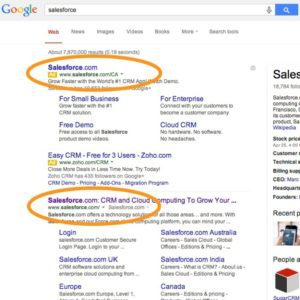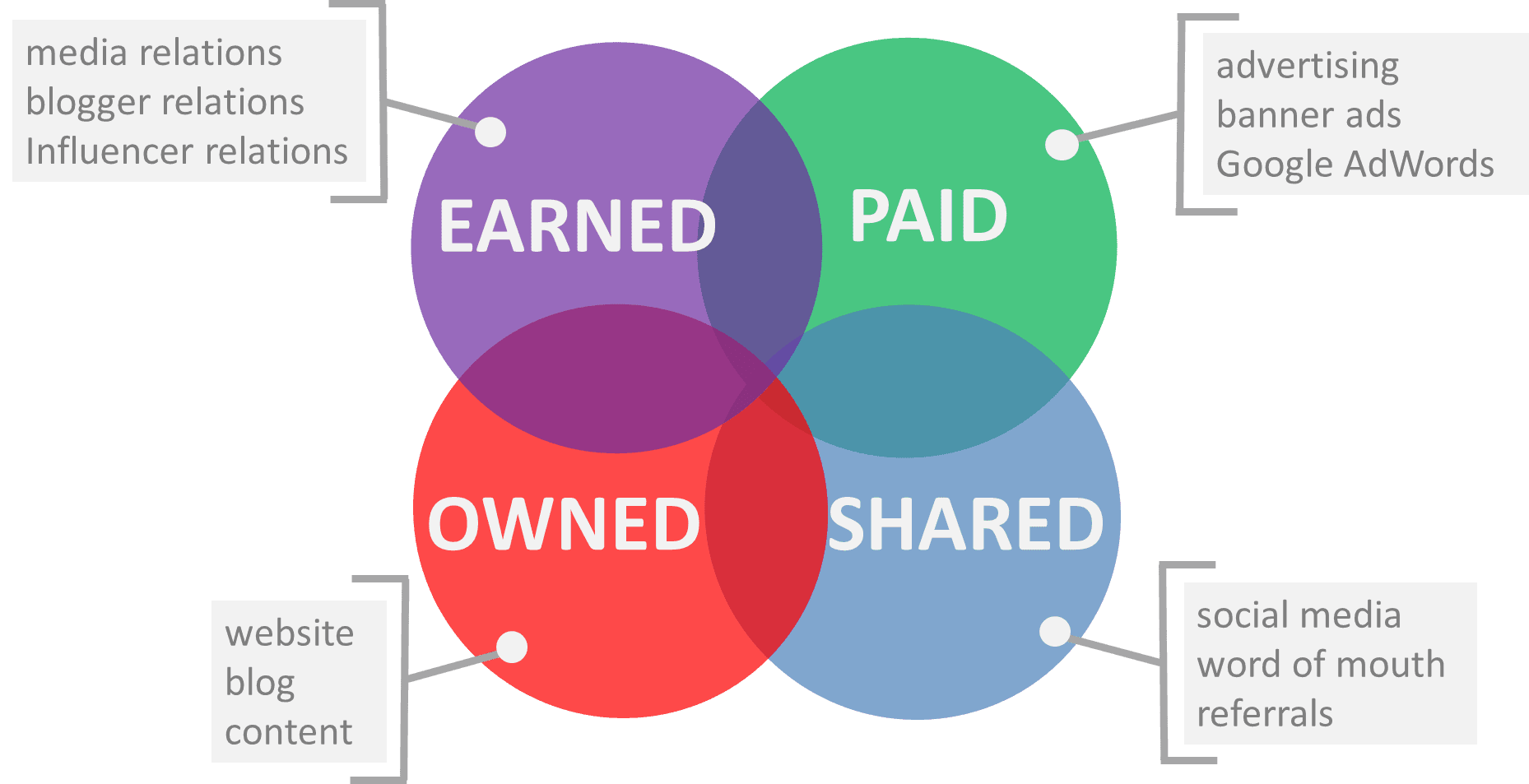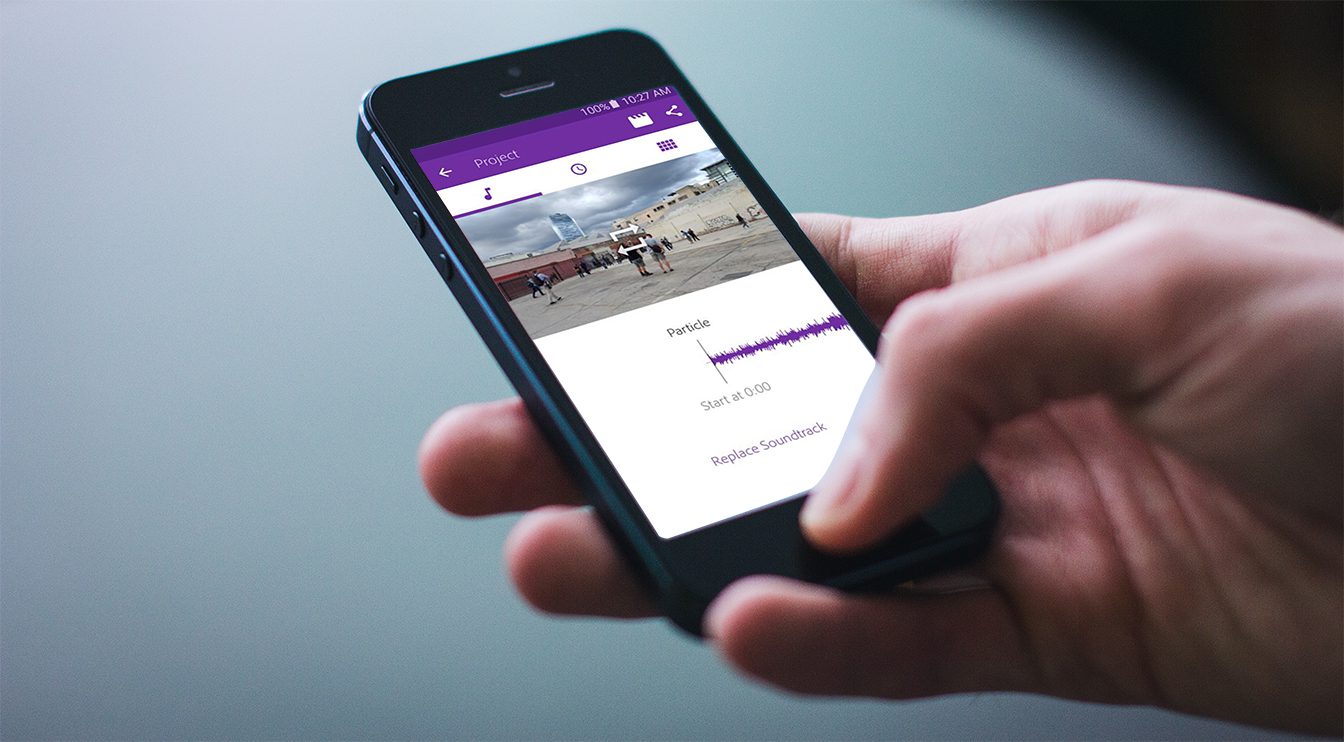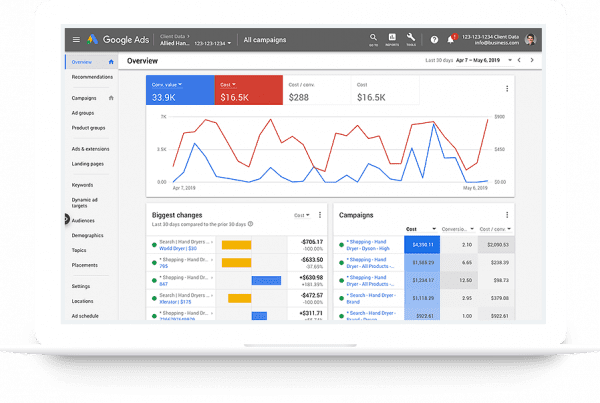Contents
Are you wondering if SEM for B2B would get results for your business? We’ve worked with many B2B companies who initially struggled with figuring out whether SEM, or search engine marketing, could work for them. The most common type of SEM is pay-per-click advertising on Google AdWords. Some of the challenges we’ve heard from B2B clients are:
“PPC doesn’t make sense for our industry because we have a long buying cycle – we can’t track ‘click to close'”
“The on-point search terms for our business have such a small search volume, Google won’t show our ads. For example, there are thousands of searches for ‘skype for business’ and few for ‘skype for business hosting'”
“There are only 500 companies that could buy from us, we won’t find them on AdWords”
In each of these cases, we have been able to make SEM for B2B work for the client. We have found that these challenges create an opportunity for a strategic mix of search marketing approaches: brand terms, specific niche terms, retargeting, and content marketing/nurturing. Here are four techniques to utilize to make SEM deliver results for your business.
1. SEM as part of an overall content marketing strategy
Many business-to-business applications are not a click-to-buy type of transaction. To make AdWords pay off in a longer sales cycle, it’s crucial to funnel your paid traffic into a nurturing sales process. Of course, as with any pay-per-click, or PPC, campaign, you should be sending your traffic to a relevant landing page with a clear call-to-action. In the B2B context, it is crucial that you also have a system set up where you are adding contacts to a nurturing track where they are getting follow up content via drip email, getting contacted by a sales rep, etc. Especially for B2B, these leads are only as valuable as your follow up process makes them.
For a client in the healthcare vertical, when they added email nurturing campaigns on top of their PPC, they were able to increase the number of contacts per lead and track how visitors who came in initially via PPC warmed up and turned into sales. The VP of Marketing wrote us:
2. Leverage retargeting to get more bites at the apple
In many industries, the cost per click for target keywords can be expensive. When you add in the fact that B2B leads don’t buy immediately, you can be looking at significant ad spend with no revenue to show for it. One way to help improve your cost per lead from SEM is to add in remarketing and get a second crack at reaching those who didn’t convert on their first visit.
Visitors who clicked your ad, but didn’t sign up on your landing page could have been distracted, not seen what they were looking for, or not been ready to commit their email inbox, but they could still be a relevant lead. Retargeting campaigns tend to have a much lower cost than search ads. A retargeting campaign that shows display ads to those who made it to the page and didn’t sign up allows you to test different messages, reach people at different times, and follow up with visitors to harvest additional contacts from your initial PPC spend.
3. Don’t overlook brand-name keywords
Many companies new to paid search advertising object to paying for clicks on brand name terms. The initial sense is often that “we’d be getting those clicks anyway”, from the company’s organic listings. However, there are two reasons it’s worth running paid advertising on your brand name terms:

Here Salesforce uses this SEM for B2B brand terms technique to push competitor Zoho down the results page
- If you are not running ads, your competitors ads will be showing 1st, ABOVE your company’s organic listing. Web searchers that type in a brand name will often click the first link that shows up without paying much attention to the text in the link. Plus, Google has been making changes over time that make the ads look more and more like regular organic listings. If your competitor’s ads are showing up above your listing, they are siphoning traffic away from you.
- Running paid ads allows you to choose what landing page visitors are directed to. Often the homepage is not the best converting page you have. Choosing to run paid ads on your brand terms allows you to choose and even test different landing pages to make the most of the traffic.
If you do get pushback on running brand term ads, it’s easy to run a campaign as an experiment to show whether the paid brand ads a reducing your organic traffic significantly and how the paid visitors convert differently from the standard organic traffic. Since brand terms have a higher relevance (and quality score) and typically a lower cost per click, it is definitely worth trying as part of an SEM for B2B campaign.
4. Get creative with targeting
Unlike B2C companies, many B2B organizations know exactly who all their potential customers are. If they can make a list of the 1,000 companies that might potentially buy from them and send sales reps after those companies, how can AdWords ads help them? Paid ads can actually be a great and efficient way to execute a targeted branding strategy in these cases. Sales reps can be going after target companies, but as people change roles and move companies it can be hard to target the right decision maker or to know who might be working on an RFP.
Running search ads, display ads, and potentially gmail ads geographically aimed at your target customers’ headquarters can keep your name in mind and reinforce your brand to support your reps outreach efforts. For a company selling into hospitals, this strategy got their brand name in front of potential users, influencers, and decision makers in their target hospitals.
Leveraging these strategies will help you make SEM for B2B pay off for your company. Of course, if you’d like help reviewing your SEM strategy or managing your paid search campaigns, the team at Pear Analytics would be happy to help – just give us a call!
















